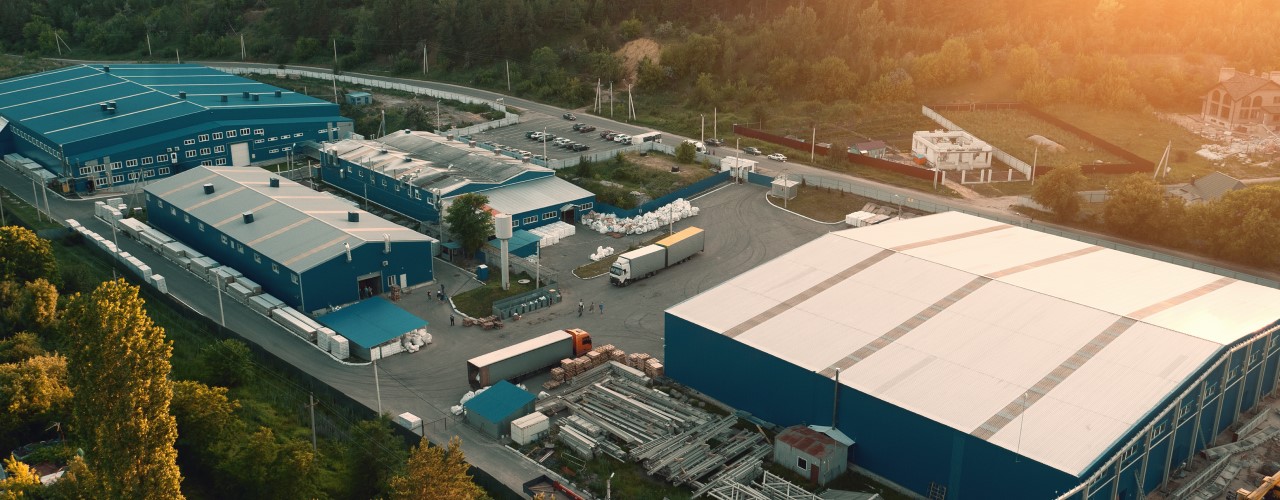How efficient is your warehouse?
The impact that your warehouse has on the rest of the business can be huge. It may be that efficiency levels are high and the warehouse is carefully run. Or it could be a significant drain on resources simply because of the choices that are being made when it comes to organisation and equipment. An efficient warehouse has huge benefits for any business so it’s worth going through the process of assessing whether yours is hitting efficiency goals - or there are obvious areas where improvement could be made.
Assessing the efficiency of your warehouse
There are four easy steps that you can use to get an idea of how efficient your warehouse really is.
- Get a snapshot of your warehouse operations. This is best done by choosing four or five KPIs and tracking these over time. The most appropriate KPIs will depend on the nature of your business. For example, if your products are luxury, fragile items then tracking damage rates or the number of returns may be the key data that you need to focus on. The direction of your business will also impact on which KPIs are the right ones to use – for example, if warehouse profitability is top of your agenda then sales-to-inventory ratio may be a crucial KPI to include.
- Median vs. mean. Once you’ve established the KPIs you want to track these need to be put into the context of your wider industry to see how your business compares. There are two ways to use industry data – one is the mean (i.e. an average that is calculated by adding all the values together and then dividing by the number of items) and the other is the median (i.e. the middle value). Averages can easily be distorted by including the figures for one or two large businesses so it’s often better to use the median. This measure will provide a much more genuine and useful way to measure your KPIs – for example, if the median return rate is 6%, half the businesses in your industry will have a better return rate than this and half worse.
- Comparing your business. Data for the rest of your industry can come from a range of sources, including industry publications, vendors and searching online. Once you have this information track it over time against your KPIs to see how your business compares.
- Making changes. The data that you have from tracking KPIs for some time should identify where changes could make a difference to efficiency. For example, if your shipping times are well below average, efficiency in your warehouse could be considerably improving by adding technology such as automated storage and retrieval. If return rates are high due to mistakes in orders, a system of Pick to Light could help to improve accuracy.
There are lots of different ways to improve the efficiency of your warehouse – the first step is to identify how effective existing processes already are and then to work backwards from there.

Leave a comment